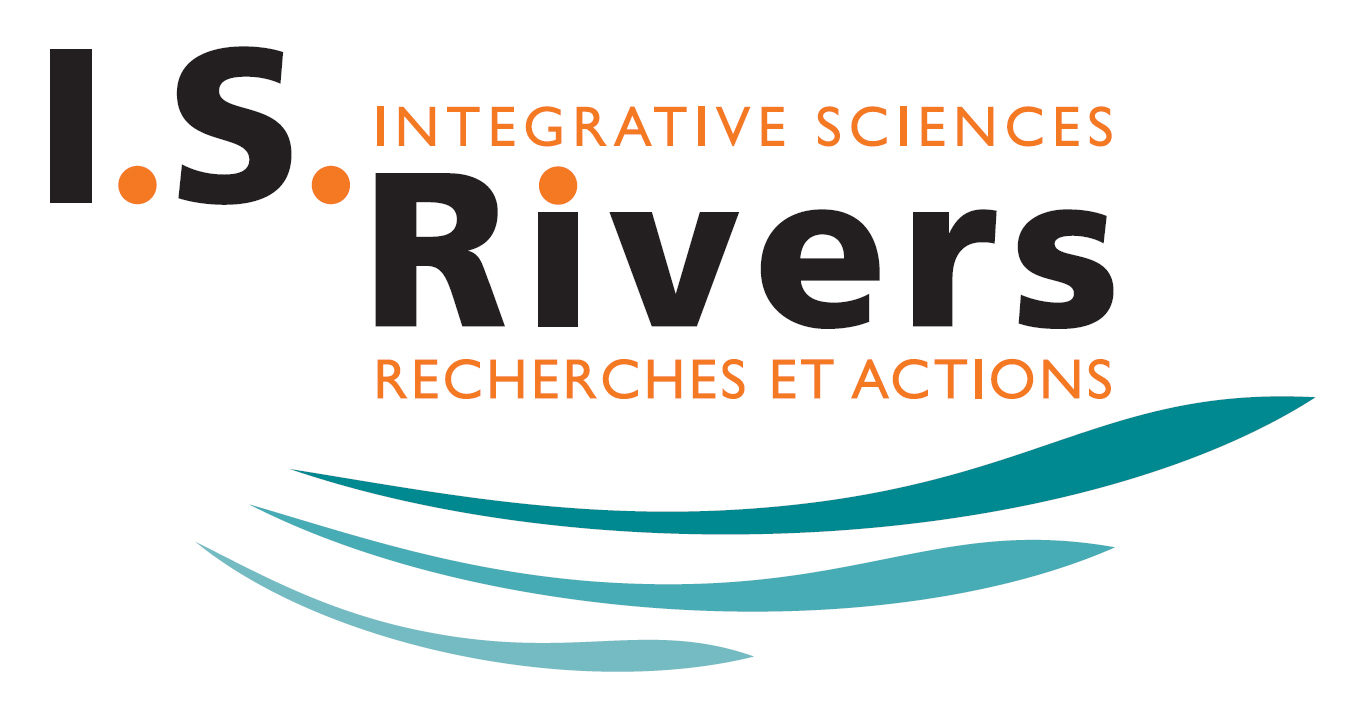Thursday 3rd of july – from 10:30 to 18:30
Session C7 : Swimming in urban rivers
Swimming in the Vienne at Limoges: Reviving collective stories and practices of the River
DELLIER Julien, LINTON James, MASCLET Olivier, CHUPIN Julie
France
Short abstract : This communication is centred on an initiative to organize a series of collective swimming in the Vienne in Limoges. Started in July 2024 at the initiative of three social science researchers, these swims have become a monthly event, involving an enthusiastic group of bathers driven by the shared desire for a sensitive and experiential approach to the river.
These swims allow us to revive a practice that we common at the beginning of the 20th century, but has been largely forgotten since. These collective swims, bringing together 10 to 30 people, effectively restore in the public space an authorized but totally ignored practice. Finally, through this form of transgression of local practices on the banks of the Vienne in Limoges, we seek to re-establish the link between the people of Limoges and the Vienne to enable the latter to be used as a vector for adaptation to climate change.
Analyzing media discourses on urban river bathing to anticipate drowning in the Grand Lyon area
PLICHON Almudena, NAVRATIL Oldrich, HONEGGER Anne
France
Short abstract : Over the past two decades, urban riverbanks have become increasingly frequented, as both their representations and design evolve. However, this phenomenon heightens an already significant drowning risk in cities, like Lyon (Maghakian et al., 2024), a risk that is all the more intensified as climate change and booming summer heatwaves make people seek water freshness. Given this situation, can media discourses provide insights to i) better understand urban bathing in rivers and ii) anticipate drowning risk in Lyon? We study bathing and drowning in the Rhône and Saône rivers and Miribel-Jonage lakes, in the Grand Lyon, from 2007 to 2024. We draw on four datasets: a corpus from national and local news articles, the messages from two content creators on social media, data from Google search engine, and official drowning data in the Grand Lyon (source: SMDIS rescuers). Our findings reveal the evolutions of the representations of urban bathing, which is established progressively as a current news topic and subject for public debate, even though informal bathing in rivers has never stopped. We can also retrieve from media discourses some facts about bathing and drowning in the territory under study, in order to apprehend their spatiality and temporality.
